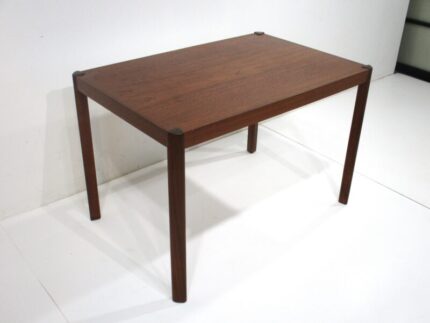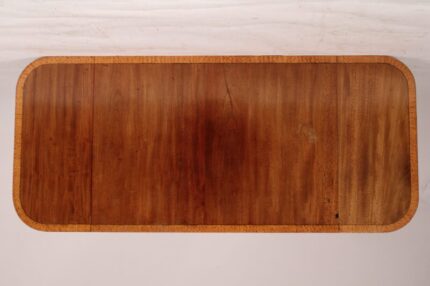The pair stood upon four cast Bronze feet with a pedestal Siena Marble foot with an applied bronze scrollwork border. The central square column with a bronze Swan neck lyre harp bordered by floral swags to the front of the vase. The base of each Tazza Urn cast in Bronze with Ram’s head twin loop handles and a floral band surmounted by a tapered Siena Marble Core finished with a Bronze liner. The Tazza Urns dating to the first half of the 19th century during the latter reign of Charles X circa 1830.
Bronze an alloy consisting primarily of copper with approximately 12–12.5% tin and often with the addition of other metals (including aluminium, manganese, nickel, or zinc) and sometimes non-metals, such as phosphorus, or metalloids such as arsenic or silicon depending on the age of the bronze and its origin. The additions of other metals produce a range of alloys that are usually harder than copper alone and carry useful properties such as strength. The earliest known use of bronze dates to the 5th millennium BCE from Iranian plateau, the bronze mix consists of arsenical copper and copper-arsenide. The earliest tin-copper-alloy recovered is dated to circa 4650 BCE and was found in Plocnik, Serbia. It is believed to have been smelted from a natural tin-copper ore.
Sienna Marble consists of various dark yellow and gold colours, it is extremely heterogeneous due to the presence of grains with shades ranging from ivory white to light yellow to a reddish yellow ocher and is usually an intense marble.
Lyre a stringed musical instrument part of the lute-family and consists of two arms and a crossbar with strings. The Lyre has featured on classical objects like the pair of vases above for thousands of years. They were commonly used in several ancient cultures surrounding the Mediterranean Sea. The earliest known examples of the lyre have been recovered at archaeological sites that date to c. 2700 BCE in Mesopotamia.
Charles X (Charles Philippe 1757-1836) was the King of France during a short reign between 1824 to 1830. He was the uncle of the uncrowned Louis XVII and younger brother to reigning kings Louis XVI and Louis XVIII, he supported the latter in exile. After the Bourbon Restoration in 1814, Charles (as heir-presumptive) became the leader of the ultra-royalists which was a radical monarchist faction within the French court. The ultra-royalists declared absolute monarchy by divine right and opposed the constitutional monarchy concessions towards liberals and the guarantees of civil liberties granted by the Charter of 1814. Charles gained influence after the shocking assassination of his son Charles Ferdinand, Duke of Berry, in 1820. Charles went on to succeed his brother Louis XVIII in 1824 to become the King of France.
His reign of almost six years proved to be deeply unpopular amongst the liberals in France from the moment of his coronation in 1825, in which he tried to revive the practice of the royal touch. Throughout his short lived reign Charles remained unpopular and tried various methods to deter the spotlight such as the conquest of Algeria and forcing Haiti to pay a hefty indemnity in return for lifting a blockade and recognising Haiti’s independence. Eventually the Charles was abdicated, and Louis Philippe I became the King of the French. Charles was exiled and died in 1836 in Gorizia, then part of the Austrian Empire. He was the last of the French rulers from the senior branch of the House of Bourbon.
Measurements (centimetres) 46cm High x 20cm Diameter
-
Dimensions:Height: 18.1 in (45.98 cm)Width: 7.87 in (19.99 cm)Depth: 7.87 in (19.99 cm)
-
Style:Charles X(Of the Period)
-
Materials and Techniques:BronzeMarbleMetalSiena MarbleCast,Hand-Carved
-
Place of Origin:France
-
Period:Early 19th Century
-
Date of Manufacture:Circa 1830
-
Condition:GoodWear consistent with age and use. Minor losses. Extremely minor losses.
-
Seller Location:Newark, GB
-
Reference Number:Seller: BWRDDSeller: LU6971235584292














































Reviews
There are no reviews yet.